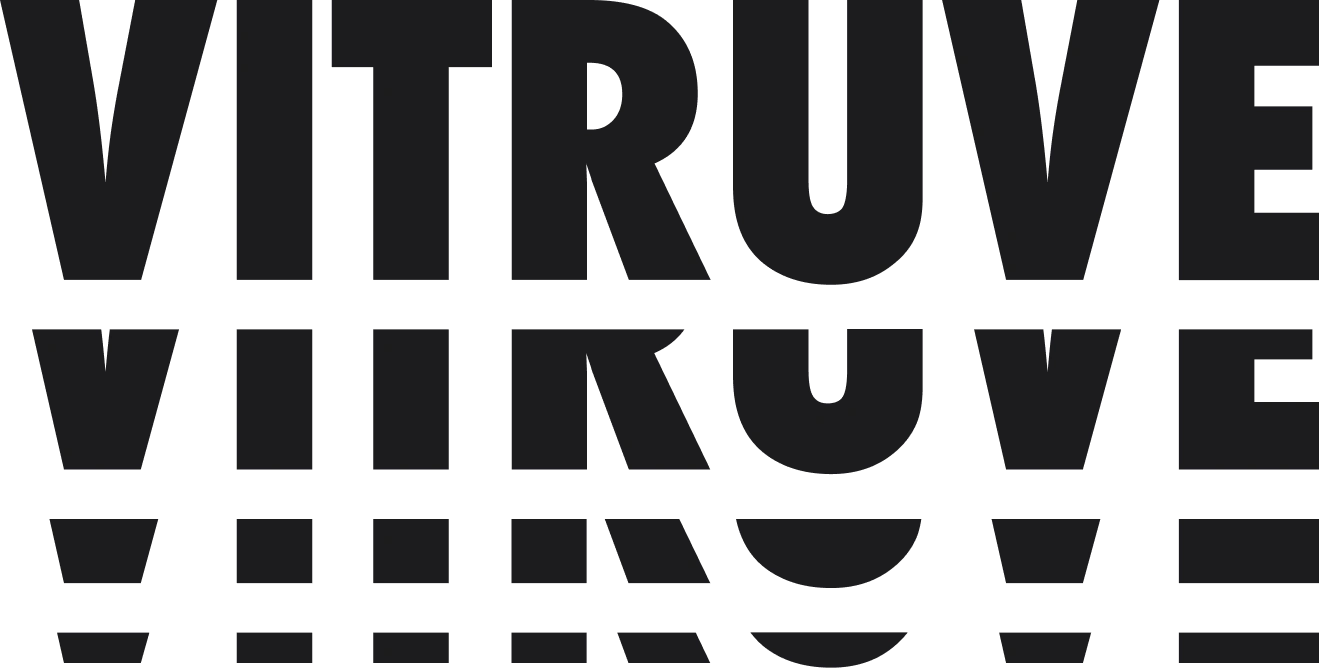25 de May de 2023
Hyperplasia vs. Hypertrophy: Building Muscle
In recent years there has been an increase in the number of people going to the gym with the aim of improving their physical fitness. While it is true that this increase in physical exercise levels has an effect on people’s health, when asked the main reason for going to the gym, it is always to be fitter and look better (INE, Spain). And what does it mean to be fit? Most society associates being fit with having more muscle mass or having a lower fat percentage.

Muscle mass growth, commonly known as muscle hypertrophy, is a response of the organism to constant exposure to the expiration of a load. That is, if we constantly subject the body to the challenge of lifting X kilos in a certain movement, we force our organism to adapt and develop the capacity to overcome that load. There are several options for this:
- The organism improves the neuromuscular system. That is, the relationship between the sending of nerve signals from the brain to the skeletal muscle is improved.
- There is an increase in the thickness of the muscle fibers. When the skeletal muscle fibers are larger, they have greater power of contraction and therefore exert greater force (hypertrophy).
- There is an increase in the number of muscle fibers. When this occurs, having a greater number of muscle fibers, it is logical that there is an increase in muscle strength (Hyperplasia).
In today’s Vitruve blog entry we are going to analyze two mechanisms that allow the increase of muscle mass: hypertrophy and hyperplasia (1, 2). Likewise, within hypertrophy itself there is a theory that defines two distinct types: sarcoplasmic hypertrophy, which is an increase in the elements of the muscle that are not contractile, i.e. there is no increase in the thickness of the fibers. And sarcomere hypertrophy, in which the thickness of the muscle fibers is increased. However, there is not enough evidence to confirm or disprove this theory. Nevertheless, in today’s entry the main focus is on the difference between hypertrophy (increase in fiber thickness) and hyperplasia (increase in fiber number).
Hypertropia vs Hyperplasia – How Are Both Measured
As we have already mentioned, the main difference between hypertrophy and hyperplasia is that one serves to increase the thickness of the muscle fiber while the other increases the number of fibers. What we must bear in mind when we are training is that these adaptations will not depend so much on what we do as on how our body reacts.
In fact, there is currently a question as to whether humans are capable of producing hyperplasia of muscle fibers in the same way that animals are. Research has determined that hyperplasia is a process that does occur in animal subjects, but the effect on humans is less clear. In fact, according to the literature, humans are born with a number of fibers, and it is the increase in thickness that allows the muscle to grow over the years (3, 4). However, studies on animals seem to show that they are not able to increase the number of muscle fibers.
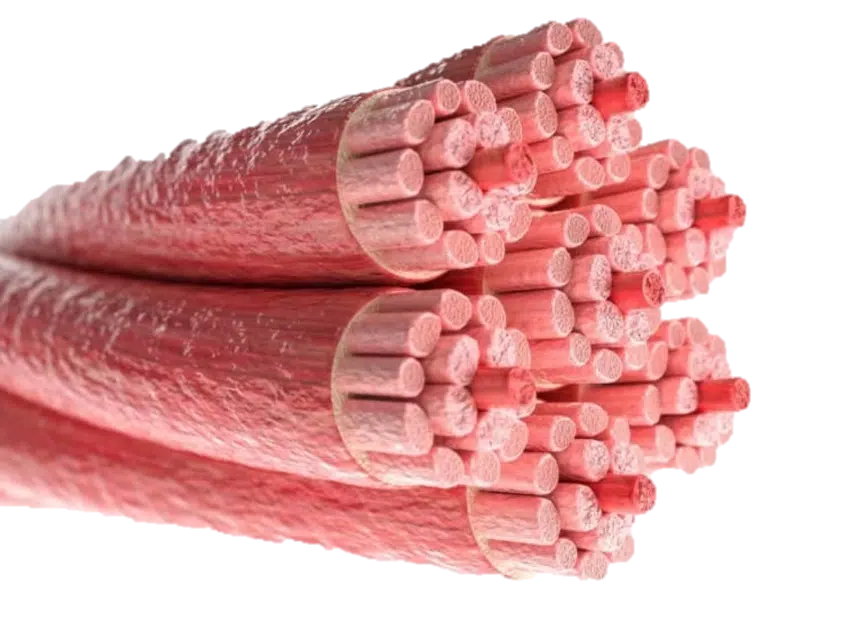
We must be cautious in saying that human beings are incapable of increasing the number of muscle fibers, as there is a lack of research on this subject. Furthermore, we should not confuse the increase in the number of fibers with the increase in the number of myofibrils. There is evidence on the effect of training on the size and number of myofibrils (5). In fact, if this were not the case, the human being would not grow and would not increase in size over the years.
According to several studies, hypertrophy occurs in humans as a result of bodybuilding. On the other hand, the status of hyperplasia remains ambiguous due to an ongoing debate as to whether it exists in humans or not. In this article, we are going to discuss the difference between hyperplasia and hypertrophy, so read on.
Muscle hypertrophy, as the name implies, refers to an increase in the size of muscle cells. It can be achieved by supplying muscles with water, glycogen and protein, although fitness trainers and bodybuilders are more interested in a high protein intake to increase muscle mass.
While the effect of muscle hypertrophy is proven and well known in humans, many people claim that muscle hyperplasia is not possible in humans. Those individuals support the idea that any increase in muscle mass is due to an increase in muscle fiber size.
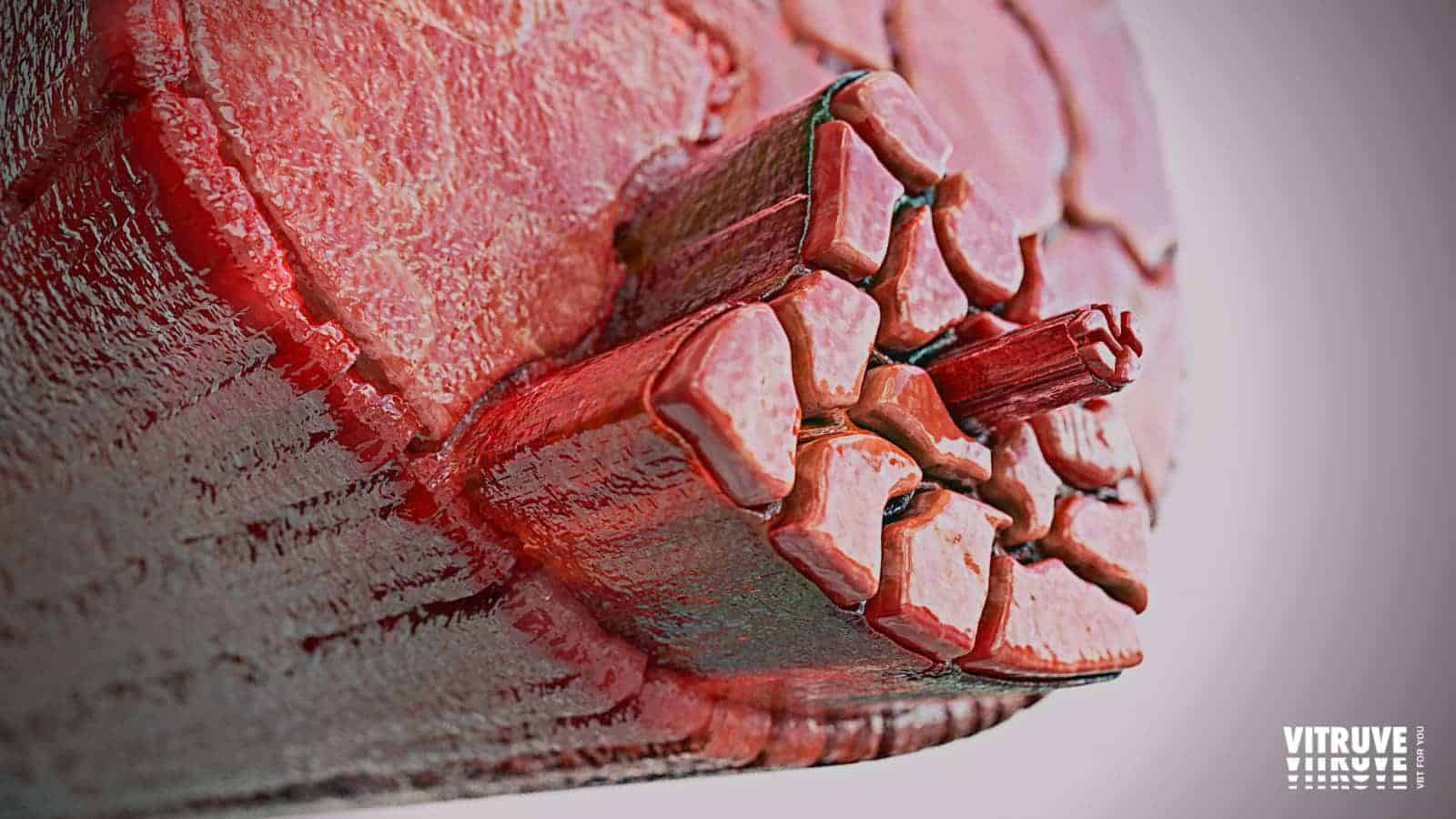
How Does Training Affect Hypertropia & Hyperplasia?
It is well known that one of the ways to increase the size of our muscles is strength training. Although resistance training will also produce adaptations in our musculoskeletal system, strength training is in charge of optimizing muscle mass gains or, in other words, hypertrophy. Currently, more studies are being conducted to evaluate the effect of X type of training on muscle mass. For example, research is trying to show that training close to failure is important to increase muscle mass while training far away from muscle failure does not achieve as many adaptations.
When we talk about training close to muscle failure it means taking the muscle to a limit where it no longer allows to continue performing the movement in question and therefore, the fatigue and muscle damage to which we subject the muscle is high (6). Similarly, research focused on muscle hypertrophy suggests the number of weekly sets needed per muscle group to optimize gains (7).
So how does this type of training affect muscle hypertrophy? Muscular strength should be trained, lifting weights that allow us to reach near failure and with repetitions ranging from 8 to 15 repetitions. It is true that we can reach muscle failure by doing 20 or 25 repetitions, but the reality is that very few people in the gym perform such a high number of repetitions. Therefore, if you want to hypertrophy remember to lift heavy weights, get close to failure and give the maximum in each workout.
On the other hand, to the question, how does training affect hypertrophy, the answer is not so simple. As we have already mentioned, there is currently not enough evidence to recommend one type of training, or another focused on hyperplasia. Moreover why do we want to know if one training produces an increase in fiber number or another training produces an increase in fiber size? The important thing is that muscle mass levels increase, and it is not so important to determine which training produces which adaptation if not to be able to train as it should.
What Causes Hyperplasia?
According to multiple studies, muscle hyperplasia exists in animals such as chickens, quails, mice, rabbits, fish, rats and cats. The reason for the lack of human research in this regard is that these studies involve some unusual and sometimes very invasive protocols, which are simply not applicable to the human case. For example:
- One of the studies to determine the existence of hyperplasia was based on placing a progressively heavier weight on the wings of a bird for approximately 28 days. This resulted in a 294% increase in the bird’s overall muscle mass due to hyperplasia (8).
- Another study was based on training rats for 14 days and producing elevated muscle damage. After 14 days the animals produced muscle hyperplasia (9).
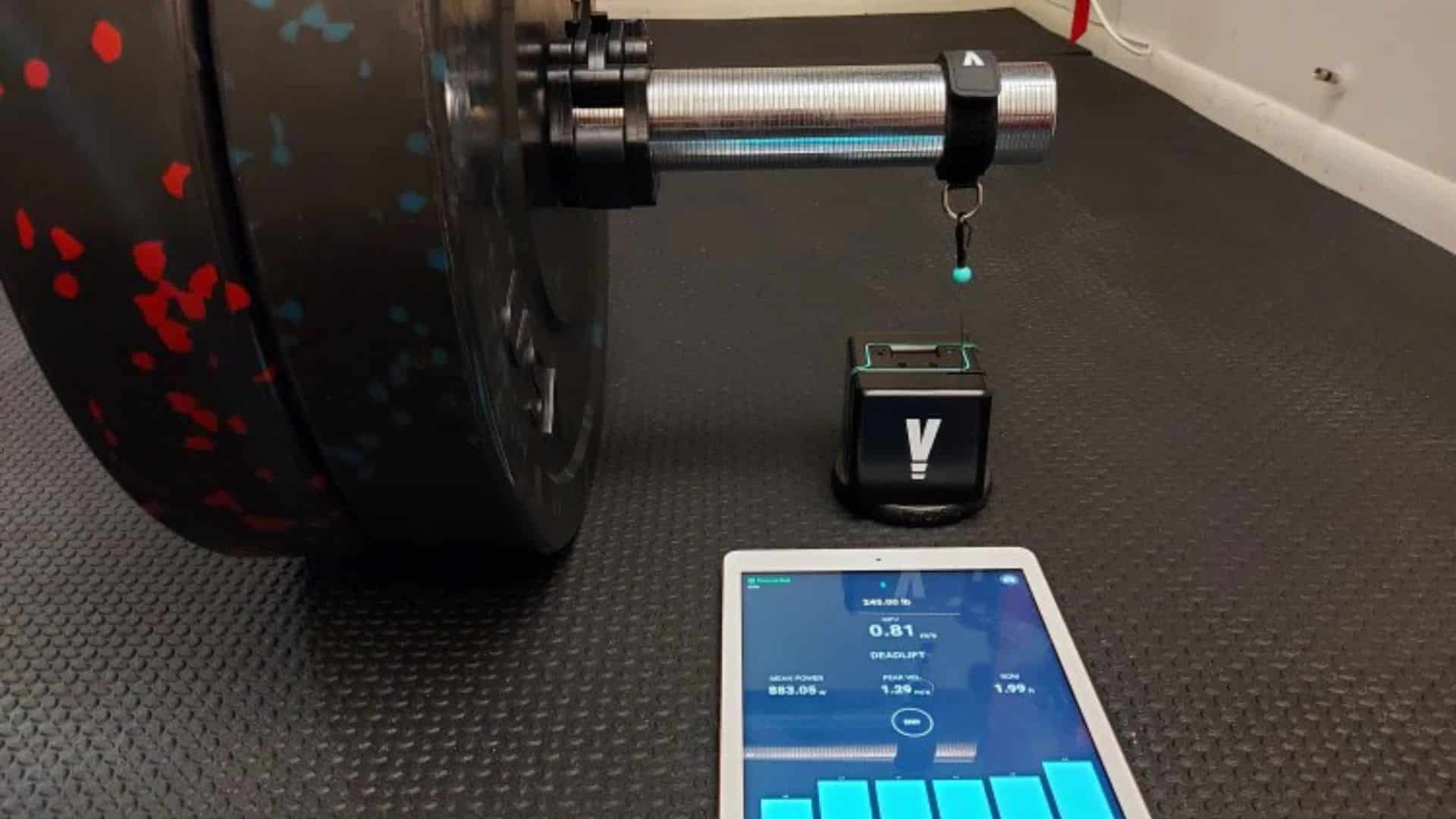
1RM Calculator
It is difficult to conclude anything about the causes of hyperplasia. And it is even more difficult to see if this process can be triggered in humans. That said, there are some studies that show a tendency for humans to have hyperplasia. However, there is not much clarity on the methodology of these studies. Some studies show that bodybuilders have a greater number of muscle fibers or muscle cells compared to people who do not exercise regularly (10). This validates the claim to some extent that hyperplasia can be triggered in humans through constant weightlifting.
The problem, however, with this assumption is that there is no data on how many muscle cells the bodybuilding participants had before they began training. We cannot rule out the possibility that these people were born with more muscle cells. These studies could only find a correlation between a higher number of muscle cells and an overall increase in muscle mass. Most studies have found that exercisers and non-exercisers have muscle fibers in the same amount. This indicates that bodybuilders have larger muscles due to larger muscle cell size and that they do not develop new cells.
Now the question arises: how did the bodybuilders in some studies manage to develop new muscle cells? This could be due to steroid use, as research shows that fitness trainers who use steroids have more muscle cells than those who do not (11). This may also explain why people who use steroids are more likely to maintain their bodybuilding gains years after stopping steroid use. Based on all these factors, we can assume that hyperplasia would take a long time to occur. And it contributes only sparingly to overall muscle size and strength.
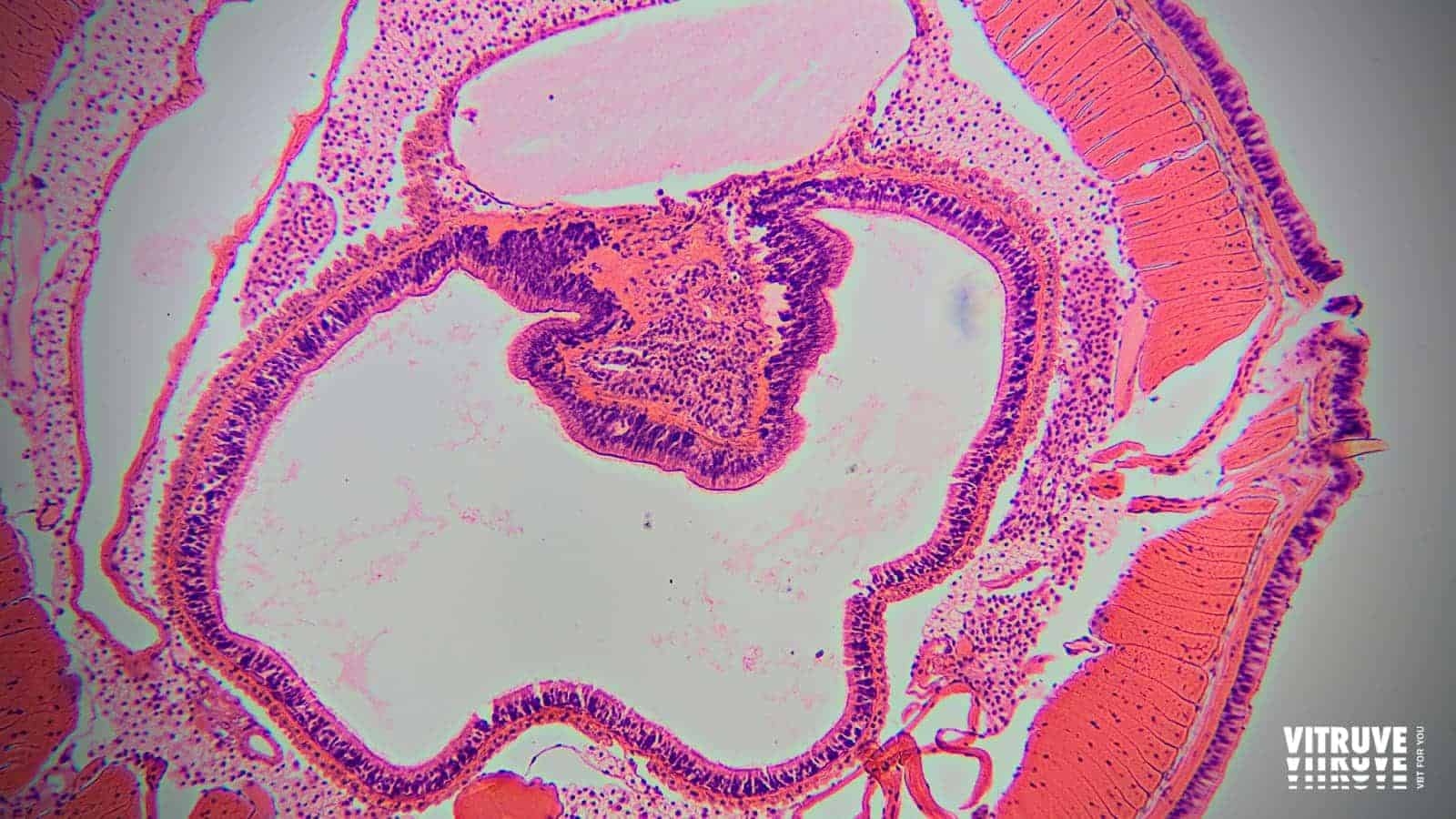
How Are Hypertropia & Hyperplasia Produced?
The best way to induce hypertrophy in your body is to lift weights. For them you should spend most of your time in the gym lifting weights that challenge 75 to 85% of your 1RM. It involves training to the point of muscle failure. In addition, you should train each muscle group with 10 to 20 sets per week. Exercising at this intensity increases the levels of a particular enzyme called mTOR. This enzyme stimulates the synthesis of proteins necessary for hypertrophy.
Hyperplasia is possible in humans, but it is not clear whether or not it can ever occur. Knowing this, hyperplasia is likely to be a side effect of proper weightlifting and not the result of special training techniques or diet. Even so, people continue to try to discover training protocols that may help trigger hyperplasia. They recommend stretching the body between sets and going with lots of reps and light weights.

Velocity Based Training 【 #1 VBT Guide in the World 】
Research suggests that stretching alone can help build muscle in humans. And several other studies show that stretching with weights can elevate levels of anabolic hormones. But none of these studies suggest an onset of hyperplasia in humans.
Conclusion
When thinking about hypertrophy versus hyperplasia, you may be wondering which of these processes you should target when training. The real answer is that it doesn’t matter. One process cannot exist without the other. Focusing on training for hyperplasia would be the same as training for increased muscle mass. The important thing is that we conduct quality training by objectively targeting the weights we put on and looking for an improvement in performance. To do this, remember that a way to motivate, control and quantify the workouts is the Vitruve device that allows us to train through the speed of execution. Finally, we would like to remind you that hyperplasia is still an ambiguity in the human being, and the training protocols that cause hyperplasia are not scientifically validated.
